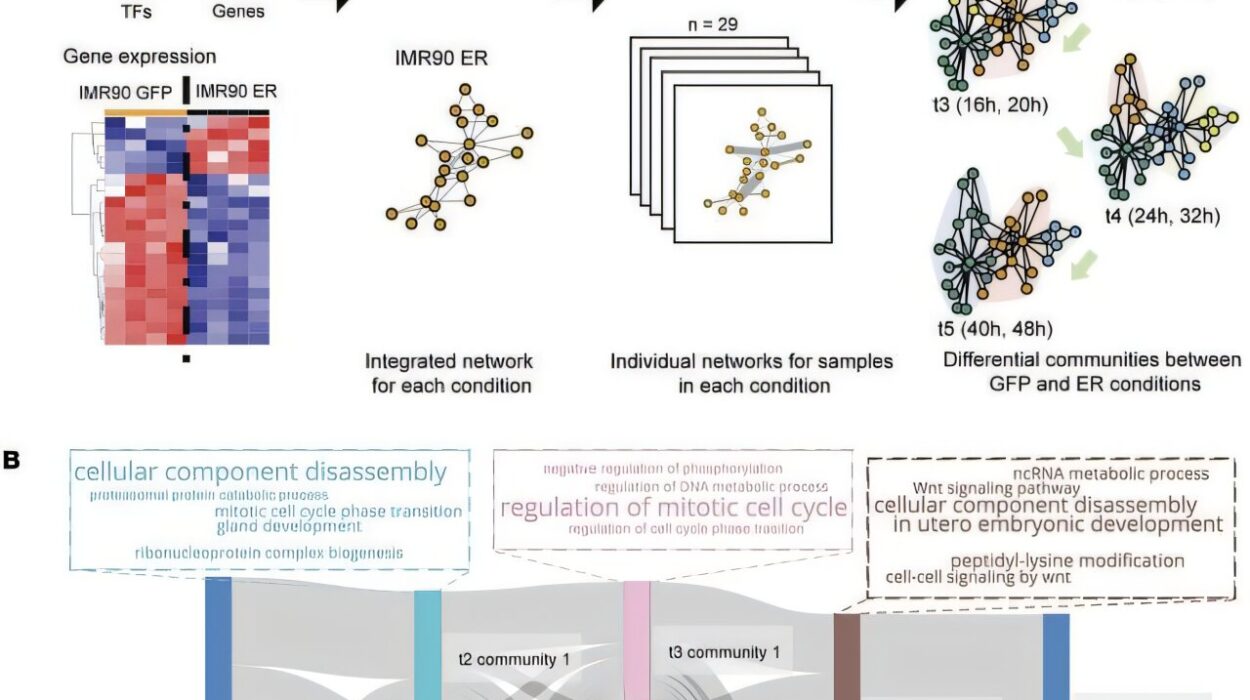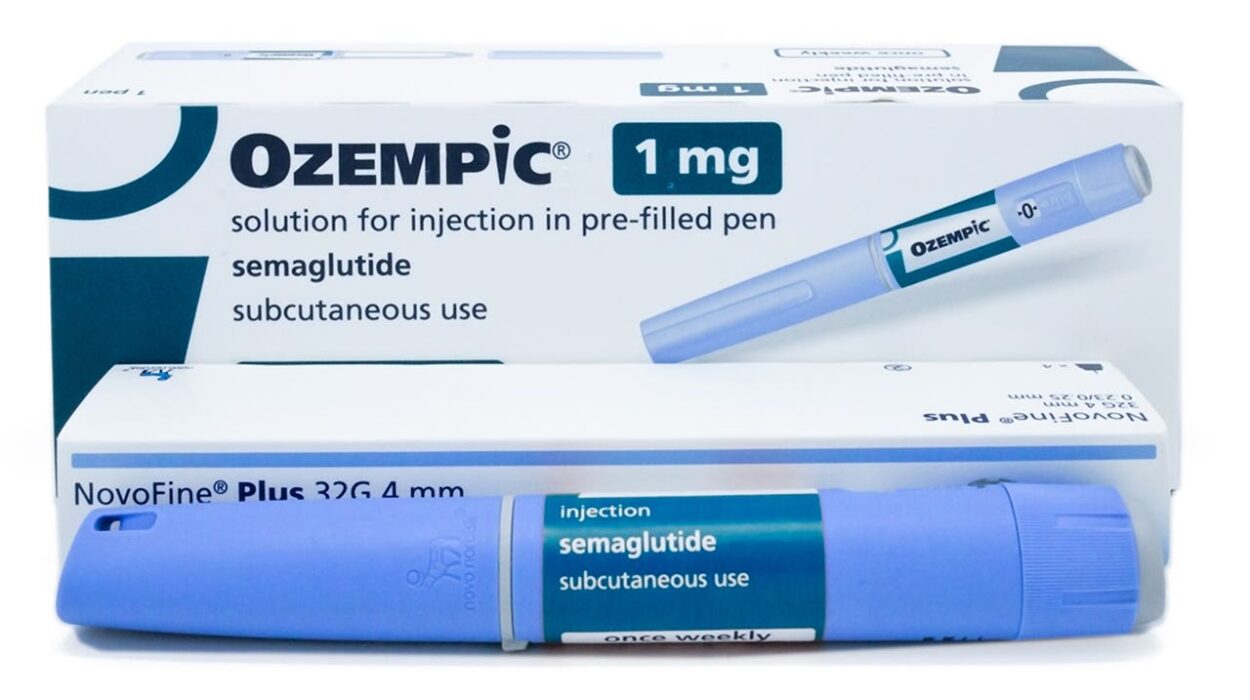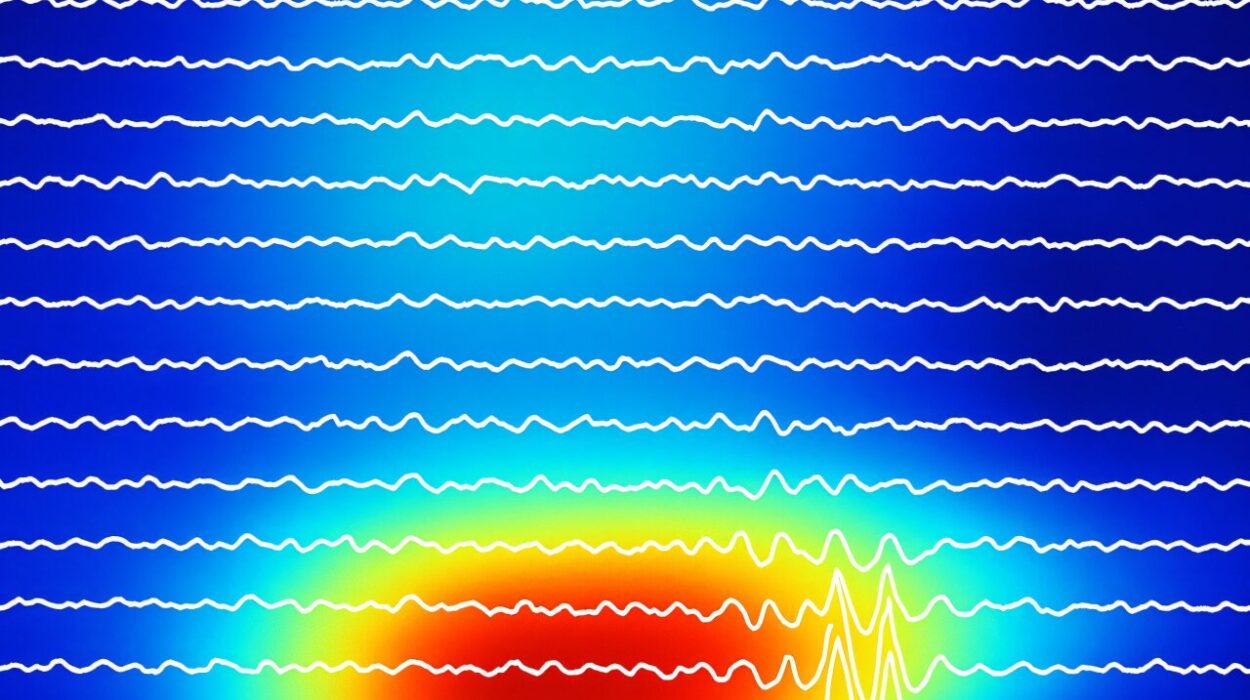In the shadowy labyrinth of the human brain, where billions of neurons fire in endless symphonies, scientists have uncovered a discovery that is as startling as it is small: fewer than 500 neurons may hold the reins to one of the world’s most dangerous behaviors—binge drinking.
This groundbreaking finding, published in Nature Neuroscience, comes from the lab of Dr. Gilles E. Martin, associate professor of neurobiology and member of the Brudnick Neuropsychiatric Research Institute at UMass Chan Medical School. Through a masterful integration of high-resolution neuroscience tools, Martin and his colleagues have done what was once thought impossible: isolate the specific neural circuitry that appears to suppress the urge to binge drink.
“It’s really hard to comprehend how only a few neurons can have such a profound effect on behavior,” Martin reflected. “This is exciting because we are starting to understand how only a handful of cells are involved in very specific behaviors. Truly, this study is about finding a needle in a haystack.”
A Hidden Circuit with a Powerful Grip on Behavior
For decades, scientists have known that the brain’s prefrontal cortex plays a role in self-control and substance use. But understanding how that region communicates behaviorally—especially when it comes to the chaotic, sometimes deadly spiral of alcohol overconsumption—has remained elusive. Most imaging technologies simply lacked the resolution to capture what happens at the level of individual or small groups of neurons.
That’s now changed.
Using a powerful suite of tools including fiber photometry, optogenetics, electrophysiology, and single-cell transcriptomics, Martin’s team was able to track and manipulate the activity of neurons in real time. Their target: neural ensembles—tiny groups of neurons that act together in tightly choreographed bursts. Think of them as micro-orchestras inside the brain, playing specific tunes in response to precise stimuli.
In a specially engineered mouse model, the researchers exposed animals to alcohol under controlled binge-like conditions. When these mice began to drink excessively, an extraordinary thing happened. Deep within the brain, a faint glow began to flicker. A fluorescent marker—engineered to light up only when neurons were firing—illuminated an elite subset of brain cells. These were not random firings. These were neurons acting in concert, responding to the act of binge drinking itself.
Flipping the Switch on Craving
Pinpointing these neurons was just the beginning. The team then used optogenetics—an innovative technique that allows scientists to activate or deactivate neurons with light—to manipulate the behavior of the mice. By turning these binge-suppressing neurons on and off like a switch, they watched as the animals’ drinking behavior changed. When the neurons were activated, the impulse to binge diminished. When they were silenced, drinking increased.
For a field that has struggled to connect behavior to specific neural mechanisms, the implications are monumental.
“We know that in some cases binge drinking can lead to alcohol dependence,” said Martin. “This area of the brain appears to be intimately involved with suppressing that behavior. It could be that misfiring in this mechanism is involved in alcohol dependence and reactivating it could be a potential target for therapeutics.”
Beyond the Bottle: A New Path to Treatment
Alcohol misuse is not just a cultural issue—it’s a devastating global health crisis. Every year, alcohol contributes to more than 3 million deaths worldwide, either directly or indirectly through over 200 alcohol-related diseases and injuries. From liver disease and cancer to road accidents and suicides, the toll is staggering. Yet treatment options remain frustratingly limited, with relapse rates hovering stubbornly high.
Part of the challenge lies in alcohol’s complex effect on the brain. It hijacks reward circuits, impairs judgment, and rewires decision-making pathways. Until now, efforts to curb drinking have focused on behavioral interventions or broad-acting medications with mixed success.
Martin’s research offers something radically different: precision.
As neuroscience tools evolve, it’s becoming clear that the brain may operate not as a chaotic sea of electrical impulses, but as an intricate network where even a few dozen cells can influence an entire behavioral outcome.
“With all the tools available to us, we are now able to do things that 10 or even five years ago were unimaginable,” Martin said. “There are billions of neurons in the brain. Without these technologies, we wouldn’t be able to detect this activity among all those cells. It would fly under the radar.”
Toward a New Era in Addiction Science
The discovery underscores a fundamental shift underway in neuroscience. Where researchers once viewed brain activity through broad strokes—regions lighting up during tasks or emotions—they are now peering into the brushwork, the tiny clusters of cells that govern decisions, habits, and impulses.
This is not just about binge drinking. The same methodologies could be used to investigate compulsive behaviors, addiction to other substances, and even mental health conditions like anxiety or depression. The common thread? That a very small number of neurons, acting in sync, might make a very big difference.
Martin believes that the number of neurons truly responsible for suppressing binge behavior may be even smaller than 500. “We could be talking about two or three dozen neurons,” he said. “That’s the level of precision we’re reaching now.”
And in that precision lies hope.
From Mouse Models to Human Medicine
Of course, translating findings from animal models to human therapies is never straightforward. The human brain is vastly more complex, shaped by genetics, environment, and years of experience. But the principle that a specific neural circuit could be responsible for regulating binge drinking is profoundly encouraging.
If researchers can identify the human equivalent of this neural ensemble, then therapies—whether pharmaceutical, neuromodulatory, or behavioral—could one day be tailored to strengthen this internal brake system. Imagine a future where a medication could selectively enhance the activity of just 40 neurons that keep drinking in check, without affecting the rest of the brain’s delicate ecosystem.
It’s not science fiction. It’s science, catching up to the brain’s own precision.
The Light in the Maze
The human brain is often compared to the universe—vast, mysterious, unknowable. But studies like this remind us that even in the darkest maze, there are sparks of light. We are beginning to understand how behavior emerges from biology, and how even destructive habits may be undone by tracing their roots to just a few microscopic cells.
In a field known for complexity, it is a moment of rare clarity. A few hundred neurons—among billions—stand as guardians against addiction. Their quiet power, long hidden, is now being brought into focus by the tools of a new scientific age.
And in that light, there may be not just understanding—but healing.
Reference: An orbitocortical-thalamic circuit suppresses 1 binge alcohol-drinking., Nature Neuroscience (2025). DOI: 10.1038/s41593-025-01970-x






